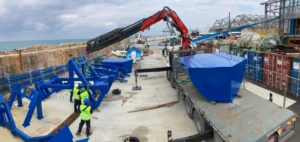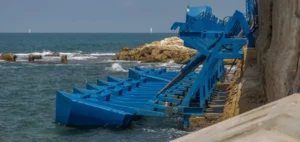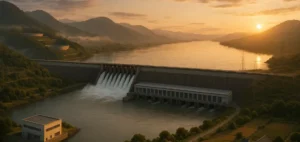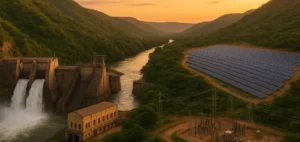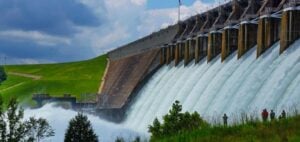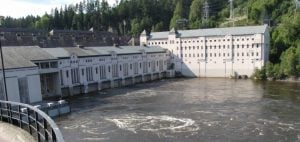According to France Hydro Electricité, hydropower in France still has a significant development potential. Currently, hydroelectric power plants provide 12% of the electricity production in France. On average, these facilities produce 60 terawatt-hours (TWh) per year, or the electricity consumption of 27 million French people. The trade association, which represents the operators of 720 facilities, estimates that it is possible to produce “20% more, mainly with new facilities”.
The president of France Hydro Electricité, Xavier Casiot, specified that the development potential is 12 TWh, which represents 20% more, mainly with the development of new works. He did not specify the amount of investment this would represent, but it would vary from project to project depending on the stream, power and environmental constraints.
In 2028, France has planned a 5% development of hydroelectricity, i.e. 3 to 4 TWh more. A new multi-year energy programming law (PPE) is being prepared. The trajectory proposed by the sector would be to go from 25.7 GW of installed hydroelectric capacity today, to 27.1 GW in 2033, mainly with new works on virgin or existing sites.
Gaz Electricité de Grenoble (GEG) has seven new installations on mountain streams, which are approaching commissioning: “the smallest of 2 GW, equivalent to the consumption of 1,000 inhabitants, and the largest of 12 GW at Peisey-Nancroix in the Tarentaise valley” and which will begin to produce “at best for 2025”, according to Nicolas Fléchon, director of renewable energy production at GEG.
Hydroelectric power was a pillar of French electricity production before the development of civil nuclear power in the 1970s. Its development would make it possible to avoid the use of fossil fuels, coal and gas, which France still uses during peak consumption periods. However, France lacks Step plants or “pumped-storage power stations”. These plants, of which there are currently only six, are capable of pumping water from a lower basin to an upper basin.
STEP plants can pump water from a lower basin to an upper basin by using excess solar or wind energy to pump that water. In this way, they store excess energy and thus help to offset the intermittency of renewable energies, such as wind and solar power.
The president of France Hydro Electricité, Mr. Casiot, stressed that the possibilities for STEP plants go beyond the current needs. A consultation is underway with the public authorities to ensure that the construction of these plants receives aid. STEP plants could be a solution to accompany the growth of solar and wind power in France, by allowing the storage of excess energy and helping to reduce dependence on fossil fuels.



